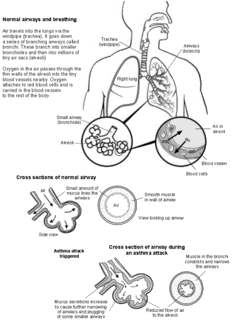Bedtime fears are common for preschoolers. But children can be frightened of anything from loud noises to the idea of being abandoned by Mom and Dad. This makes sense: Now that they're more independent and can leave you, they also begin to realize that you can leave them.
Parents must walk a fine line here. You want to calm your child. But you don't want to fuel the fear. How to tread depends a bit on your child's personality. Some kids may be soothed if you check under the bed for monsters or squirt special "monster spray" (air freshener or water). Those with a scientific bent may see your monster hunt as proof that the creatures exist, so if your child only seems more upset, back off and try talking more directly about the fear: "I know a dark room can be scary. I was scared when I was your age, too." Offer a practical solution such as a night-light or a special back rub to calm her.
However you proceed, don't minimize your child's fears. Bluntly stating there's "no such thing" or "nothing to be afraid of" isn't logic she's going to buy into. Those monsters are very real to her. Your job is to help her cope, reassure her, and make sure she feels comfortable confiding in you.
Some don'ts:
- Don't threaten that a monster will get her if she doesn't behave. Her literal little brain will believe you.
- Don't force her to confront her fears. She isn't equipped to do that at this age.
- Don't tell her that "big kids aren't afraid." That doesn't take the fear away. It just adds pressure and makes it more difficult for her to come to you.
When your child throws a tantrum, don't automatically assume she's tired. Other common triggers for 3-year-olds: Hunger, sickness, frustration over being unable to do something physical, and wilting from expectations that are too mature for her. Often the best response is no response: Give the tantrum a little time to burn itself out or, if you feel like you have to respond, hold your child (if you can) or rub her back. Realize, though, that her emotional state is much too primitive during a tantrum to respond to logical arguments or much other conversation.
source www.parentcenter.babycenter.com
